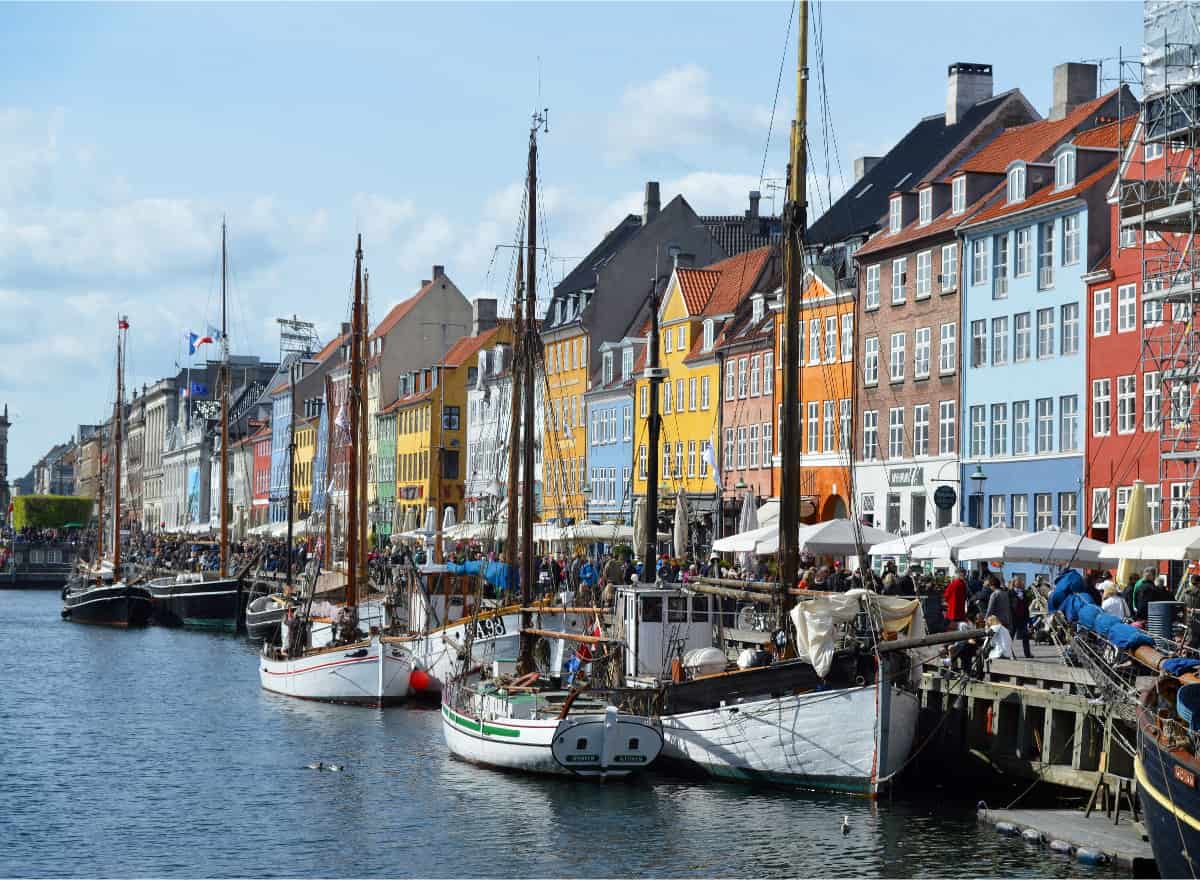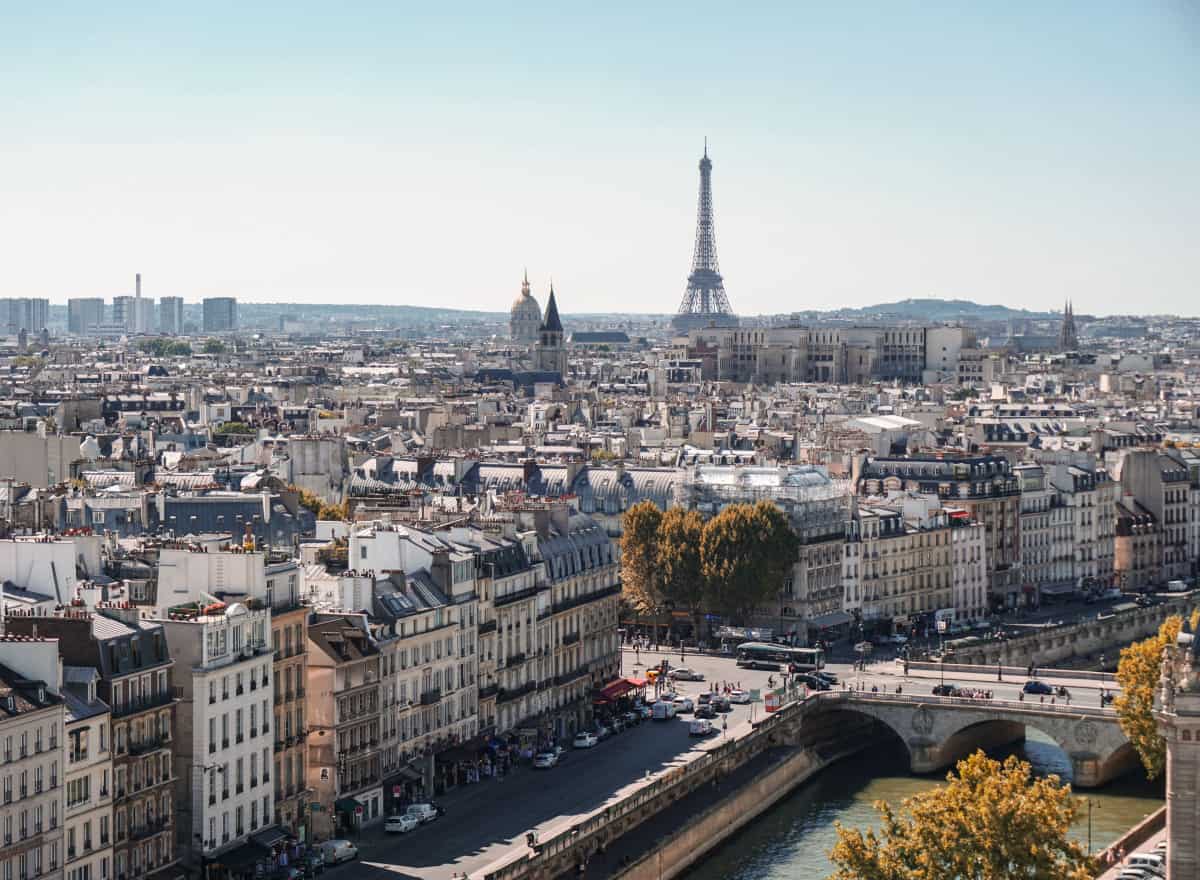Driven by the ever-changing threat levels of the last 15-20 years, Scandinavians – along with the rest of the world – have become accustomed to a wide range of security measures that previous generations could hardly imagine.
Air travelers now routinely remove their shoes, empty pockets and water bottles, and even undergo full-body scans before boarding a plane. Sports fans are routinely scanned before gaining access to stadiums. And massive surveillance programs scanning for potential or new threats practically scrutinize everything you do online, on phones, and in city streets.
However, the physical protection of buildings – and thus the people within them – has not reached the same level in Scandinavia as it has in countries like the USA and the UK.
Physical protection lags behind in Scandinavia
The political responses to terrorist attacks in France and Denmark indicate an unfortunate trend: the importance of physical protection of buildings to protect people inside takes a back seat to the demand for more and better surveillance – even if it means restricting civil liberties.
Politicians on both sides of the aisle were quick to lament the terrorist incidents. Agreement on what to do to reduce the likelihood of terrorist attacks or mitigate their impact, however, is often less unanimous.
While the public awaits legislative action that can reduce the likelihood of the terrible attacks happening again, lawmakers resort to increased surveillance of emails and phone calls and ramping up other intelligence. But they are slow to embrace another tool that is more effective at a lower cost for both national budgets and civil liberties: improved physical protection.
As we discussed in our recent blogs on the attacks in Paris and Copenhagen, physical security at two of the targeted buildings was deeply inadequate. If physical protection had been better, the results might have been less deadly.
Can we learn from the terrorist attack on Charlie Hebdo’s office building in Paris?
Can we learn from the terrorist attack on Charlie Hebdo’s office building in Paris?
Although a security review pointed out specific improvements in Paris that would have made Charlie Hebdo’s office building significantly safer against the kind of attack that killed 8 people inside it, most of the recommended measures were either not followed or were only half-heartedly implemented.
Thus, a building that was clearly a high-risk target for many interested parties was very poorly protected. There was no perimeter protection. The recommended security vestibule (mantrap) to enhance shell security against intrusion was never installed. Security cameras installed at exterior doors were not functioning properly.
Can we learn from the attack on the Krudttønden in Copenhagen?
Copenhagen became the epicenter of the Muhammad crisis and incited Islamic extremists worldwide. At the height of the crisis, Swedish cartoonist Lars Vilks was visiting Denmark. Here, Danish and Swedish intelligence agencies agreed that Vilks should have 24-7 physical protection in the form of bodyguards.
They also required that attendees at the public meeting where Vilks participated be screened with a metal detector before entering the building, Krudttønden, a cultural center.
However, as far as we know, they did not consider the fact that they were allowing such a high-profile, high-risk event to take place in a building with a glass facade. While it happened, the perpetrator fired 28 shots through the glass facade into a foyer containing police, security personnel, café staff, and guests. Miraculously, no one was killed, although several were injured.
Scandinavia is not keeping pace
Considering the physical security and known risks, were buildings like Krudttønden in Copenhagen and the Charlie Hebdo offices in Paris adequately protected? In a word: No.
The physical security of at-risk buildings in much of Scandinavia lags far behind that of the USA and the UK, where physical security plays a more prominent role in the overall protective and preventive context. Many critical buildings in Scandinavia are more vulnerable to attacks than necessary. And available solutions need not have disproportionately large costs – neither in terms of national budgets nor civil liberties.
7 Measures Scandinavian lawmakers should take to protect people and buildings from terrorism
We do not expect Scandinavian lawmakers to reconsider everything they know about counterterrorism based on a few recent events.
However, we suggest that lawmakers and decision-makers in security, both in the public and private sectors, add a better understanding of physical security to their counterterrorism toolkit.
Here are 7 measures that Scandinavian lawmakers should consider:
- The physical security of infrastructure and buildings at risk, prominent, or critical should be an integral part of any security review related to terrorism.
- This review should be conducted by qualified, experienced organizations with expertise in physical protection.
- The review should include, at a minimum, a risk analysis to understand the threat level, vulnerability analysis to understand how and where physical security can be breached, and a consequence analysis to understand the likely consequences of such breaches. The review should also be based on the three pillars of physical protection – perimeter, shell, and core – and how they work together.
- Stakeholders, including security officials and lawmakers, should understand that the physical protection of buildings is more of a balancing act than a zero-sum game. Inherent risks can be mitigated but not always entirely eliminated. Informed acceptance of remaining risks – those that remain even after mitigation – is a critical understanding that casts physical security in an entirely different light than, for example, legislation on buildings and energy consumption. The “right” solutions create a conscious balance between enhanced physical protection, aesthetics, usability, and budgetary constraints – to name just a few of the many relevant parameters.
- The results of a security review, including recommendations for improvements to a building’s physical security, should have consequences: If a building is deemed unsuitable for high-profile, high-risk activities, the building’s physical security should be enhanced to reduce the risk, or activities should be moved to a more secure location.
- As with so many other things: The sooner terrorism security is considered in building or renovation, the cheaper, more effective, and more aesthetically appealing it can be integrated. Therefore, we recommend that relevant construction projects include physical protection assessments in the initiative phase of the construction process.
- Lawmakers should consider how to introduce legislation that will change the current lack of physical protection provisions. While most of Scandinavia has some of the world’s strictest laws regarding buildings, fire, and energy, Denmark, for example, has no laws that set as much as a lock on a building’s front door.
Secure buildings don’t have to be ugly buildings
Measures to improve the physical security of important buildings don’t have to make new or historically significant buildings look bad.
There are many solutions that allow designers to preserve aesthetics while also enhancing protection.
In typical Scandinavian style, the tried-and-true form-meets-function design approach can go a long way to create aesthetic virtue from a protective necessity.
Likewise, protection doesn’t always have to be permanent. For example, the UK has established a shared pool of bollards, protective screens, bullet-resistant shields, etc., from which security and law enforcement officials can borrow to temporarily enhance security. Many of these were used during the 2012 Olympics and are now available nationwide for other purposes.
We believe it is time for the Scandinavian countries to add better legislation on physical security to the ongoing efforts to combat terrorism. It can be done at a fraction of the cost of other measures. It can balance risk reduction with budgetary and aesthetic considerations. And it can save lives.



